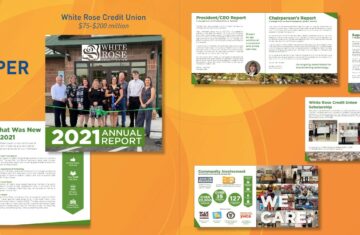The average cost to attend an in-state public college during the 2015-16 academic calendar was $24,061. The cost increased to $47,831 for a private school. The majority of students cannot afford this cost without help from scholarships and student loans. Parents and students getting ready to attend college should be knowledgable about what options they have to pay their tuition. Learn what types of student loan options are available and their pros and cons based upon availability and affordability.
Get Free Money First.
Before you even look into loans, discover what money you’re entitled to that you don’t have to pay back. Scholarships will likely not cover the entire cost of tuition, but are a great resource nonetheless. Here are some great resources you can use to research what scholarships are applicable to your situation:
- High school guidance or career counselor
- Your future college’s financial aid office
- Local businesses, community or religious organizations
- A variety of websites
Federal Loans
After you’ve applied for as many scholarships as you’re eligible for, the next most affordable option are federal loans. These loans are funded by the government. To learn how much money you’re eligible for, you must fill out the FASFA document. The benefits of federal loans typically outweigh the drawbacks.
Pros
- Your interest rate is fixed. It remains the same for your entire repayment process.
- You have access to subsidized loans, meaning the government pays your loan’s interest while you’re still in school.
- Generally they offer the lowest interest rates of all your student loan options.
- You have multiple options on how you want to repay the loan.
Cons
- You only have access to a limited amount of money. Federal loans often do not cover the entire cost of your tuition, depending on your school choice.
- If you cannot repay your loans, the government has the option to take money from either your tax refunds or your wages to cover the repayment costs.
Types of Federal Loans
Perkins Loan
This federally-funded program is administered through a college’s financial aid office. It is the most affordable option available, but has strict eligibility requirements based on financial need. This loan is subsidized and has a fixed interest rate of 5%.
Direct Loans
Previously known as Stafford loans, these loans come directly from federal lenders. They can be either subsidized or unsubsidized, depending on your need. Their interest rates range from 3.86-6.41%.
Parent PLUS Loans
This loan can be taken out by the parent of the student to cover tuition. Please note that the parent is responsible for repayment, and the debt is NOT forgiven even if you file bankruptcy.
Private Loans
Private loans should only be utilized if you’ve maxed out all of your other options. If there is still a gap between your tuition and your scholarship, financial aid, and federal loans, then it is time to apply for a private student loan.
Pros
- You can borrow a larger amount of money than a federal loan.
- You have the ability to shop around different lenders to look for the best interest rate.
Cons
- The interest rate is variable, and fluctuates with the market.
- There are not as many flexible repayment options.
- Generally they carry higher interest rates.
Types of Private Loans
Traditional Bank or Credit Union Loans
These loans are offered from the same financial institutions you could get a car loan or mortgage from. There’s a good chance you’ll need a co-signer for these loans if you’re a student. Make sure to look for applications that don’t require a fee just to apply.
School Loans
Some colleges offer their own payment plan to students. Inquire at the financial aid office if your college offers this type of loan, and if so, what the terms and conditions are.
State Agency Loan
States can offer loan programs to students attending schools in their resident state. Ask your financial aid office if there are any state-sponsored loans available.
The best tool you have to find affordable loan options is knowledge. Make sure to research what student loan options work best for your situation and max out your free and federal money before looking to private loans.
Need more information about private student loans? Visit White Rose Credit Union’s dedicated student loan site, powered by Student Choice. Together we can help fill the funding gaps for your higher education.









